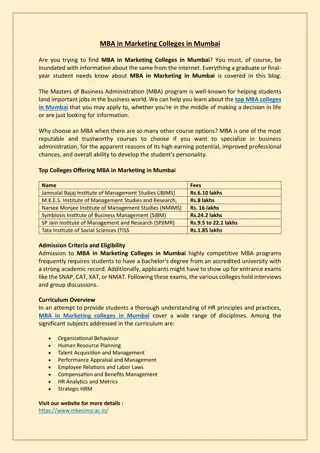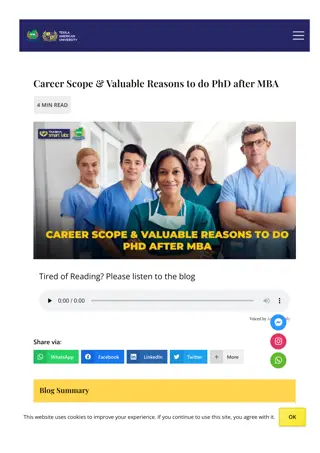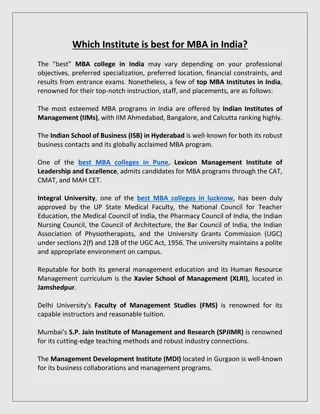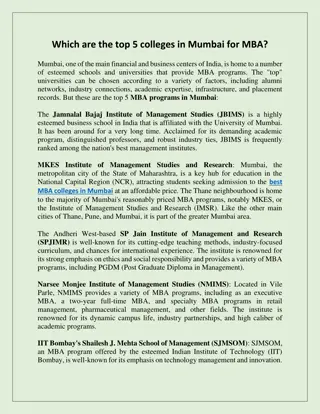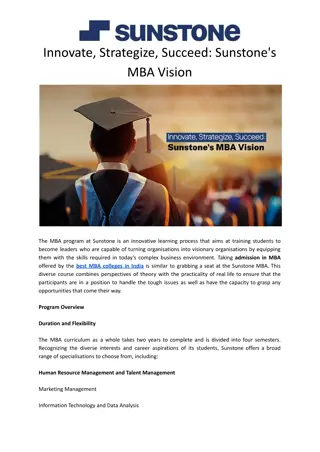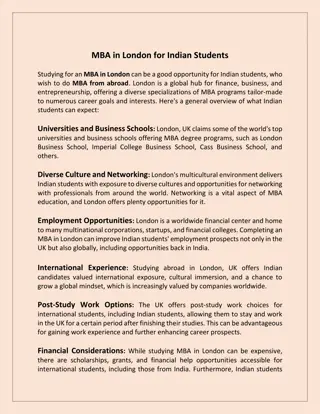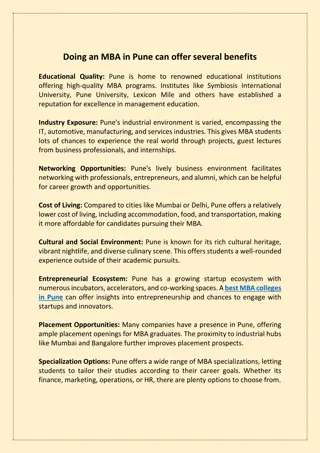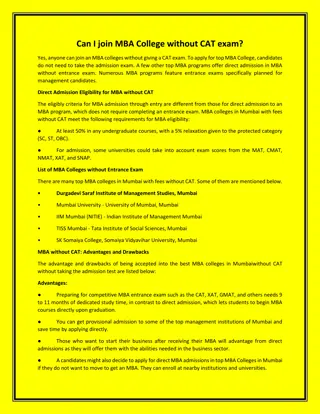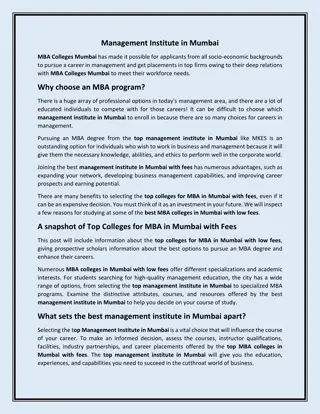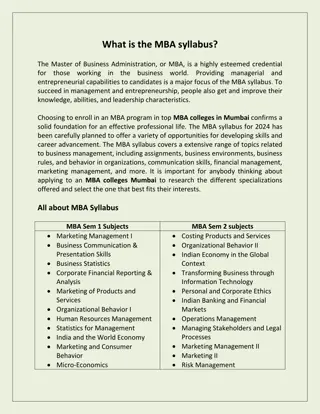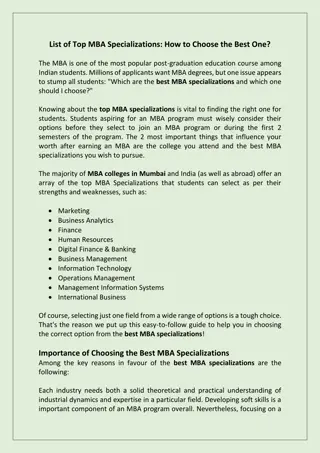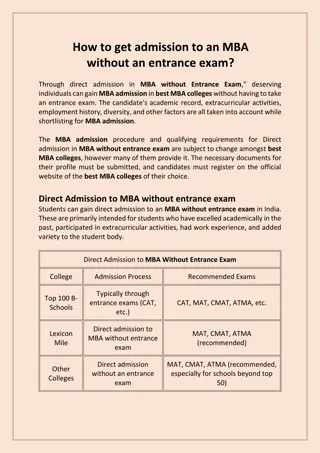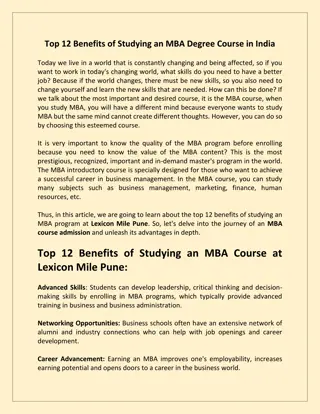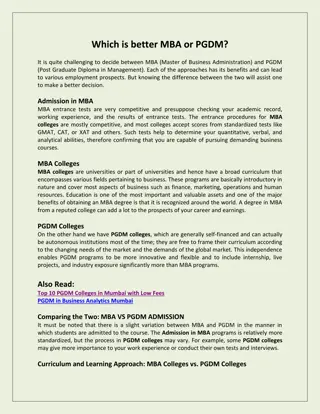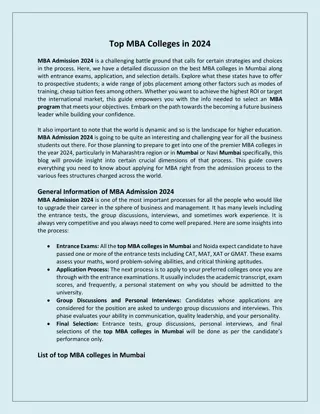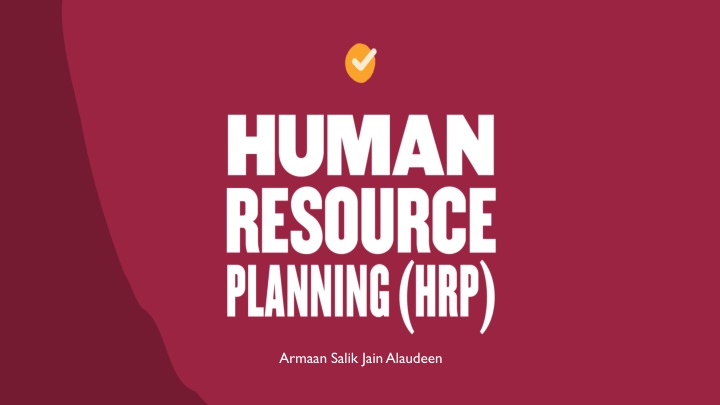
Human Resource Planning: Key Concepts and Importance
Explore the concept of Human Resource Planning (HRP) and its significance in ensuring the right workforce for organizational success. Learn how HRP aids in talent optimization, workforce balance, and long-term growth while enhancing employee value and maintaining a competitive edge.
Download Presentation

Please find below an Image/Link to download the presentation.
The content on the website is provided AS IS for your information and personal use only. It may not be sold, licensed, or shared on other websites without obtaining consent from the author. If you encounter any issues during the download, it is possible that the publisher has removed the file from their server.
You are allowed to download the files provided on this website for personal or commercial use, subject to the condition that they are used lawfully. All files are the property of their respective owners.
The content on the website is provided AS IS for your information and personal use only. It may not be sold, licensed, or shared on other websites without obtaining consent from the author.
E N D
Presentation Transcript
DEFINITION E.W. Vetter defines HR Planning as A process by which an organization should move from its current manpower position to the desired manpower position. Through planning the management strives to have the right number, right kind of people at the right place and at right time, doing things which results in both organization and individual receiving maximum long run benefits.
HUMAN RESOURCE PLANNING (HRP) Human resource planning (HRP) is the systematic forecasting of an organization s future HR requirements. Ultimately, it s to make sure the right people with the right skills are in the right places at the right times. It s an ongoing, data-driven process to optimize a company s most valuable asset its people by avoiding shortages or surpluses. This development needs,addressing skill gaps,and implementing strategies for talent acquisition. involves identifying current and future hiring or training and HRP is about aligning HR strategies with the evolving needs of your business to ensure optimal performance and productivity while avoiding costly workforce imbalances.
GOAL OF HR PLANNING The ultimate goal of HRP is to maintain an optimal workforce size that maximizes the company s profitability. As a result,one of the main aims of HRP is to secure the right quantity and quality of employees that an organization needs to meet its objectives. This requires HR leaders to focus not just on recruitment but also on development,retention,and workforce optimization.
IMPORTANCE OF HRP Enhances employee value. HRP means assessing existing employees, their skills, and training needs, and seeing how they can upskill.This enables businesses to save on recruitment costs while also fostering employee growth and loyalty. Helps organizations adapt to industry shifts. Through HRP, organizations can anticipate changes in talent needs and industry dynamics. This strategic foresight allows businesses to manage agile role transitions and budget for new positions, especially when identifying niche markets.
IMPORTANCE OF HRP Keeps a competitive edge. HRP empowers companies to make informed hiring and training decisions, aligning with employee preferences,work-life balance,and other attractive job factors. Aids long-term growth.HR professionals use HRP to forecast hiring needs,department expansions,and potential retirements.This forward- thinking approach aids in budgeting for future hiring requirements, making sure the right balance in the optimal number of people in the workforce is achieve.
HISTORY AND EVOLUTION OF HUMAN RESOURCE PLANNING (HRP)
HISTORY AND EVOLUTION OF HUMAN RESOURCE PLANNING (HRP) Before 1900 (HRP as a Science): Robert Owen, the founder of HRM, focused on improving industrial relations, working conditions, and eliminating child labor.Contemporary thinkers like J.S.Mill and Andrew Yule promoted ideas such as wage incentives and labor welfare. 1900-1920 (Efficiency and Productivity): The rise of scientific management led by Frederick Taylor emphasized efficiency, job analysis, and worker selection. This period focused on productivity but saw opposition to workers' unions. 1920-1930 (Welfare and Industrial Psychology): HRM began to professionalize, with industrial psychology introducing techniques like psychological testing, interviews, and worker training, shifting the focus towards worker welfare and non-financial incentives.
HISTORY AND EVOLUTION OF HUMAN RESOURCE PLANNING (HRP) After 1950 (Modern Era): From 1950 to 1970, HRM emphasized worker rights, industrial democracy, and became more widely recognized as a separate discipline,with HR managers taking on broader responsibilities. After 1970 (Behavioral Science and Open Systems): HRM evolved into a behavioral science, focusing on human elements and organizational behavior, and adopting the concept of "open social and industrial systems," further professionalizing HR.
THE STEPS OF HR PLANNING Analyze the current workforce. Before carrying out HRP, assess your current employees and their attributes, skills, and how they align with your business goals. Factors like the total number of people, their departments, job titles,and performance data give more insight into your existing capabilities. Forecast changes. This step is a little trickier. But with data on current employees to hand, you can predict future workforce requirements. For example, this workforce planning might include supply forecasting checking whether your current workforce can meet business demands and demand forecasting choosing the types and quantity of employees needed to match your future business goals. Carry out gap analysis. After forecasting, the next step is gap analysis. This involves comparing your current workforce quantity and skill levels against what s necessary to meet your organizational goals. For instance, recognizing current workforce status, defining your ideal future status, and spotting the gaps that need to be filled.
THE STEPS OF HR PLANNING Develop your HR plan. Armed with insights from the previous steps, you can now put together your strategic HR plan. Align your plan with the organization s overall strategy,and include talent strategies that bridge the supply-demand gap.You may want to include specific strategies for recruitment, training, benefits, performance management,remote work,and company culture. Monitor, review, and replan. Implementing your plan is only half the battle. Now comes the most important part monitoring and reviewing your HR plan to make sure it s effective. Ask for feedback from the team via performance reviews or surveys to spot obstacles and areas for improvement.For now,make sure your plan can stay adaptable to meet your business needs.
TOOLS ARE USED FOR HR PLANNING Surveys. Gather data on specific HR topics, such as managers opinions on employee skills and productivity, people s training preferences, satisfaction with benefits and compensation programs, workplace culture, and employee happiness. Use these to identify opportunities like internal promotions, or potential weaknesses that may lead to high turnover or reduced productivity. HR dashboards. Collect and display data to provide an overall view of HR metrics and aid you in your planning process, such as turnover rates, satisfaction levels, productivity, skill promotions. levels, and internal Performance employee performance and deliver performance ratings over time.This is critical during the integration phase of HRP so that HR professionals can see the success of role changes and additional training. management systems. Provide feedback on
TOOLS ARE USED FOR HR PLANNING Human capital management systems (HCMs). Combine various HR processes,from planning and payroll management to compensation, hiring, onboarding, recruitment, turnover rate analysis, and productivity measurement. These processes are automated to aid adjustments in HR planning and performance measurement. Compensation and benefits software. Easily compare current pay scales and benefits against economic trends and industry standards. It helps to ensure that people receive competitive compensation and benefits, leading to reduced turnover, enhanced satisfaction, and improved productivity.
DETERMINANTS OF HRP Organizational goals and objectives: HRP should align with the company's long-term goals Industry and market trends: Economic and market changes can affect how many employees a company needs Demographic changes: Changes in the age, population, and composition of the workforce can impact the company's structure Technological advancements: Technology can help companies streamline tasks and processes,freeing up employee time Legal environment:Government controls can affect hiring practices Internal workforce analysis: Analyzing the company's current workforce can help with HRP Employee turnover and retention rates: Understanding employee turnover and retention rates can help with HRP Succession planning:Planning for succession can help with HRP


